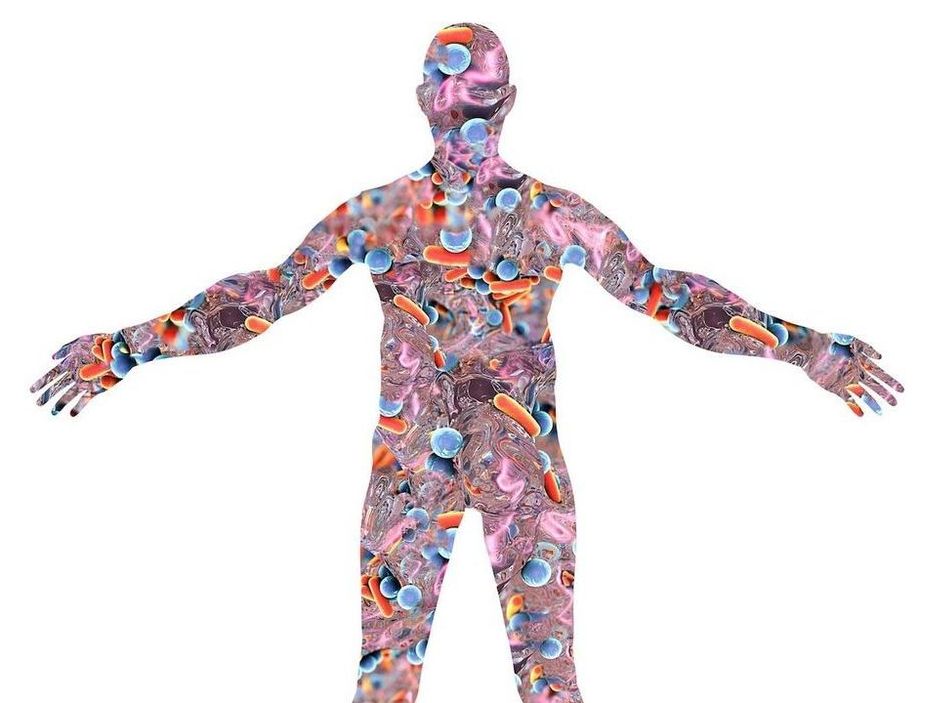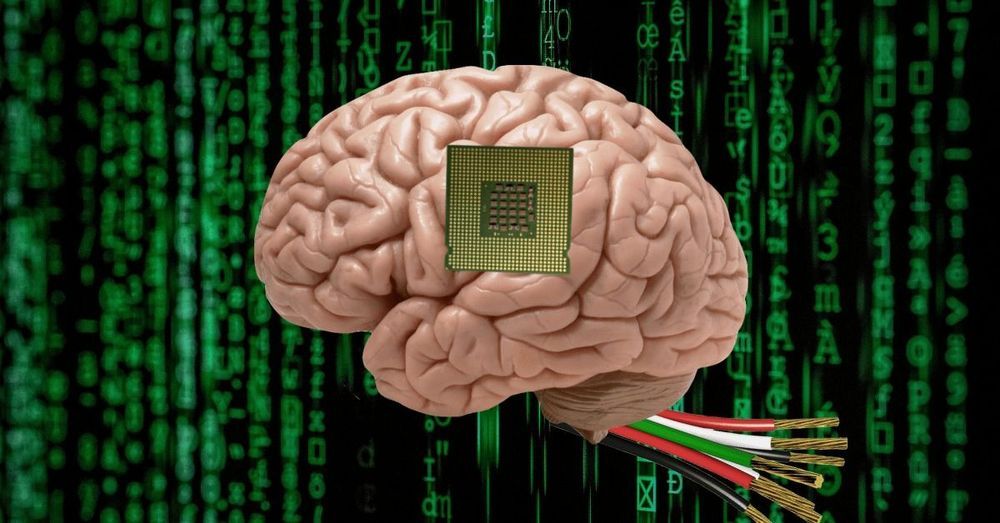Page 8504
Aug 16, 2019
Beyond TESS: How Future Exoplanet-Hunters Will Seek Out Strange New Worlds
Posted by Genevieve Klien in categories: futurism, space
CAMBRIDGE, Mass. — Finding exoplanets marks just the beginning of what we can learn from these distant worlds, researchers said.
Aug 16, 2019
Visionary Bitcoin Creator Satoshi Nakamoto to Reveal Identity
Posted by Genevieve Klien in category: bitcoin
NEW YORK, Aug. 16, 2019 (GLOBE NEWSWIRE) — After a decade of anonymity, Satoshi Nakamoto will break his silence in Part I of his “My Reveal” Sunday, Aug. 18, at 4 p.m. EDT on the Satoshi Nakamoto Renaissance Holdings website, www.SatoshiNRH.com, and the Ivy McLemore & Associates website, www.ivymclemore.com.
Aug 16, 2019
Newfound Superconductor Material Could Be the ‘Silicon of Quantum Computers’
Posted by Genevieve Klien in categories: computing, quantum physics
A potentially useful material for building quantum computers has been unearthed at the National Institute of Standards and Technology (NIST), whose scientists have found a superconductor that could sidestep one of the primary obstacles standing in the way of effective quantum logic circuits.
Newly discovered properties in the compound uranium ditelluride, or UTe2, show that it could prove highly resistant to one of the nemeses of quantum computer development — the difficulty with making such a computer’s memory storage switches, called qubits, function long enough to finish a computation before losing the delicate physical relationship that allows them to operate as a group. This relationship, called quantum coherence, is hard to maintain because of disturbances from the surrounding world.
Continue reading “Newfound Superconductor Material Could Be the ‘Silicon of Quantum Computers’” »
Aug 16, 2019
How many genes in the human microbiome?
Posted by Genevieve Klien in category: biotech/medical
US scientists have begun the daunting task of trying to work out how many genes there are in the human microbiome.
Even when you consider just the gut and the mouth (in itself, a unique research double) the numbers are potentially overwhelming.
Microbiologists and bioinformaticians from Harvard Medical School and Joslin Diabetes Centre gathered all publicly available sequencing data on human oral and gut microbiomes and analyzed the DNA from around 3500 samples – 1400 from mouths and 2100 from guts.
Aug 16, 2019
Physicists Entangled Photons in the Lab With Photons From the Sun
Posted by Genevieve Klien in categories: particle physics, quantum physics
In a classic physics experiment, scientists set up quantum entanglement between sunlight and light generated here on Earth.
The researchers in China, the United States, Germany, and the United Kingdom wondered whether any two particles of light, called photons, could show the spooky interactions governed by the rules of quantum mechanics, even if they originated from vastly distant sources. The experiment was mainly curiosity-driven, but it demonstrates that in the future, researchers might be able to use the Sun as a source of light for quantum mechanics-related purposes.
Aug 16, 2019
Implanting AI chips in your mind could cause you to lose yourself, says scientist
Posted by Saúl Morales Rodriguéz in categories: biotech/medical, Elon Musk, mobile phones, robotics/AI
Last month, Elon Musk’s Neuralink, a neurotechnology company, revealed its plans to develop brain-reading technology over the next few years. One of the goals for Musk’s firm is to eventually implant microchip-devices into the brains of paralyzed people, allowing them to control smartphones and computers.
Although this Black Mirror-esque technology could hold potentially life-changing powers for those living with disabilities, according to Cognitive Psychologist Susan Schneider, it’s not such a great idea, and I can’t help but feel relieved, I’m with Schneider on this.
Aug 16, 2019
Future Bionic Eyes Could One Day Give Wearers Infrared Vision
Posted by Paul Battista in categories: cyborgs, transhumanism
In a human trial involving five men and one woman in January 2018, only one of them experienced negative side effects.
Aug 16, 2019
The transhumanists who want to live forever
Posted by Jacob Anderson in categories: genetics, life extension, transhumanism
For a core of longevity true believers, the time to intervene is now.
“How old are you?” James Clement wanted to know.
I turn 50 this year. There’s a new creaking in my bones; my skin doesn’t snap back the way it used to. It’s developed a dull thickness—you can’t tickle me at all. My gums are packing it in and retreating toward my jaw. These changes have been gradual or inexplicably sudden, like the day when I could no longer see the typed words that are my profession. Presbyopia, the ophthalmologist told me. Totally normal. You’re middle-aged.
Continue reading “The transhumanists who want to live forever” »
Aug 16, 2019
How a new antibiotic destroys extremely drug-resistant tuberculosis
Posted by Genevieve Klien in category: biotech/medical
The Food and Drug Administration on Wednesday approved a new antibiotic that, when combined with two existing antibiotics, can tackle the most formidable and deadly forms of tuberculosis. The trio of drugs treats extensively drug-resistant tuberculosis (XDR-TB), along with cases of multidrug-resistant tuberculosis (MDR-TB) that have proven unresponsive to other treatments.
Tuberculosis is the single leading infectious killer in the world, infecting an estimated 10 million people in 2017 and killing 1.6 million of them. XDR-TB and MDR-TB are even more savage forms of the disease, which is caused by the bacterium Mycobacterium tuberculosis. The drug-resistant strains of TB kill an estimated 60% and 40% of their victims, respectively.
MDR-TB strains can resist at least the two most powerful anti-TB drugs, isoniazid and rifampin. A strain gets into XDR-territory when they also become resistant to any fluoroquinolone drug, such as ciprofloxacin or levofloxacin, plus at least one of three injectable second-line drugs, which are amikacin, kanamycin, and capreomycin. Drug-resistant strains of tuberculosis infected an estimated 558,000 people in 2017.

















